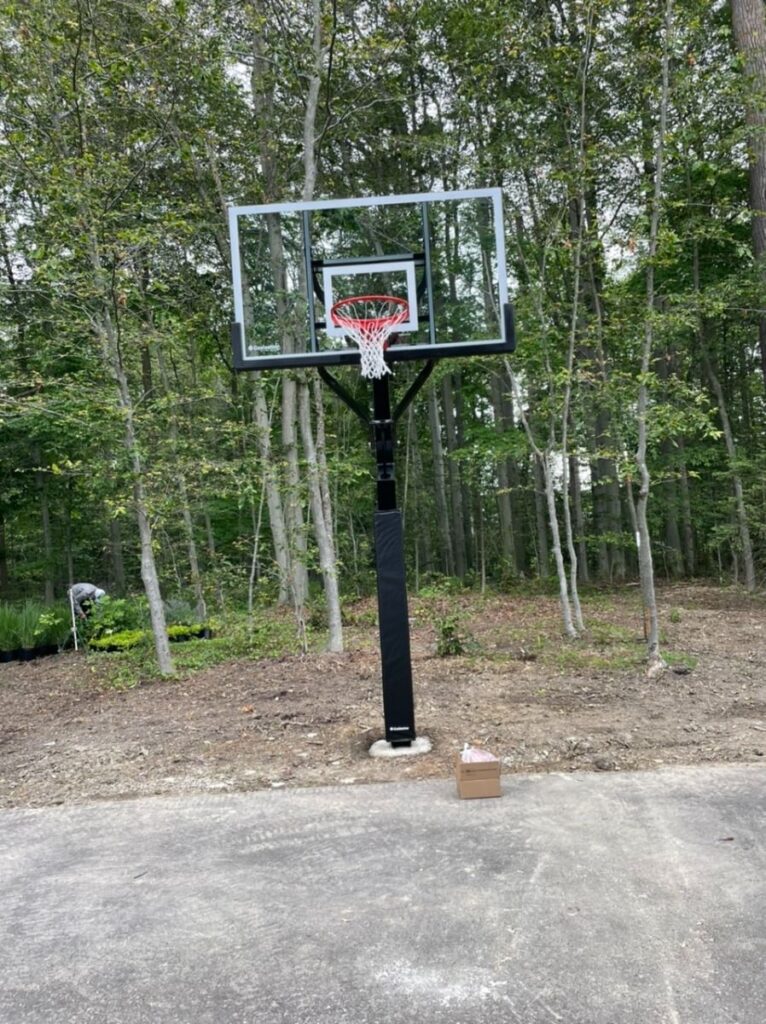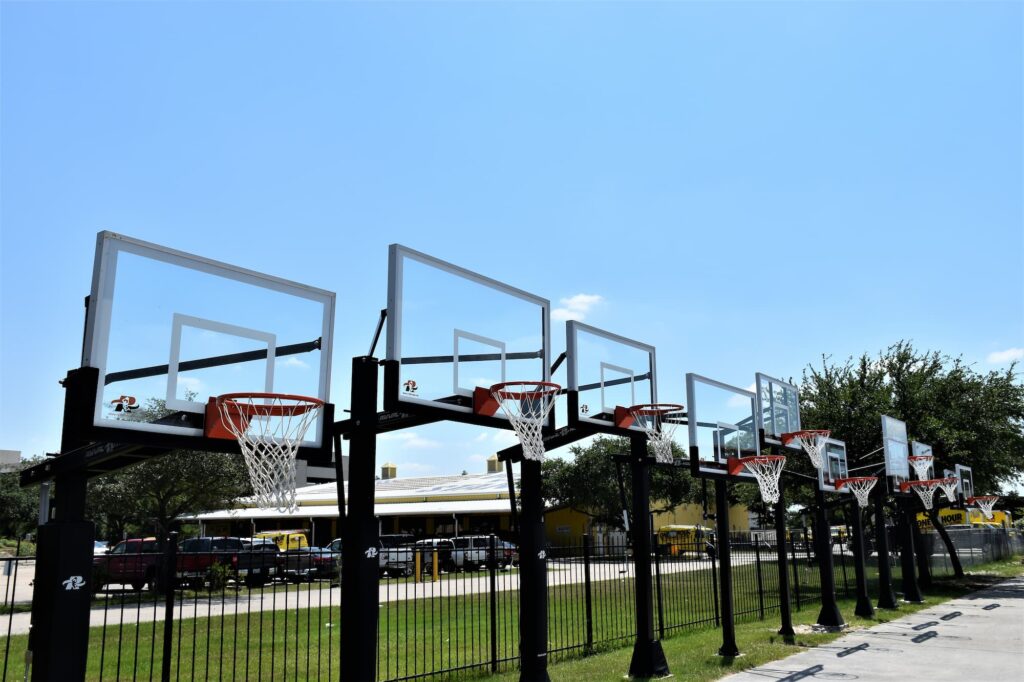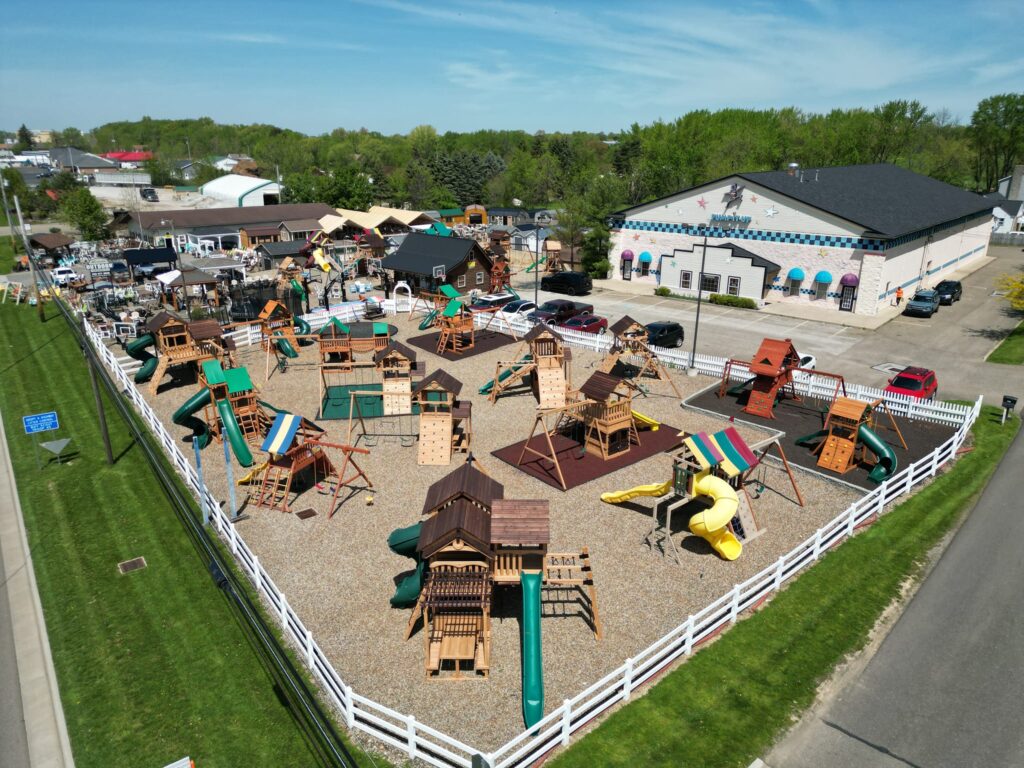How Long Are High School Basketball Games
High school basketball is a cornerstone of athletic culture in many communities, drawing passionate fans, committed players, and a consistent rhythm of weeknight and weekend games throughout the school year. But for parents attending their first game, students new to the sport, or those simply planning an evening, one key question often comes up: how long are high school basketball games? While the answer may seem straightforward, a full understanding of game duration includes not only the official clock time but also the real-life flow of gameplay, timeouts, fouls, halftime, and overtime. This article breaks down all the elements that influence how long high school basketball games actually last.

Official Game Time: Four Quarters of Play
In most U.S. states, high school basketball games are played in four quarters of 8 minutes each, resulting in 32 minutes of regulation game time. This format is consistent across both boys’ and girls’ games, and it applies to the majority of high school athletic associations in the country.
This structure mirrors the format used at the professional level — four quarters — but with shorter durations compared to the NBA’s 12-minute periods or the WNBA’s 10-minute quarters. The shorter length is tailored for younger athletes, balancing competitive play with age-appropriate endurance and attention spans.
Halftime and Quarter Breaks
While the total clock time is 32 minutes, breaks between quarters and the halftime intermission extend the overall duration. Here’s how the structure typically plays out:
- End of 1st and 3rd Quarters: Short break, usually around 1 minute
- Halftime (after 2nd Quarter): Usually lasts 8 to 10 minutes
These pauses allow teams to regroup, coaches to provide strategic adjustments, and fans to enjoy brief downtime. Add in these scheduled breaks, and you’re looking at approximately 42–45 minutes before considering other game stoppages.

Stoppages in Play: Timeouts and Fouls
One of the biggest factors that influence how long high school basketball games actually last is stoppages in play. These include:
- Team timeouts: Typically, teams are allotted five timeouts per game, including both full (60 seconds) and shorter (30 seconds) versions. Coaches use them to manage momentum or adjust strategy.
- Fouls and free throws: Each foul — especially in the second half — may result in free throws, which pause the game. In the final minutes of a close game, fouling becomes a strategic move, often leading to a flurry of interruptions.
- Substitutions and ball out-of-bounds: Each time the whistle blows for a violation, turnover, or sub, the clock stops briefly.
These pauses are essential for the structure of the game but can easily extend total game time beyond the scheduled 32 minutes. On average, most high school basketball games last 75 to 90 minutes from tipoff to final buzzer.
Overtime Considerations
If the game ends in a tie at the end of regulation, it proceeds into overtime, adding even more time to the event. In high school basketball, overtime periods are 4 minutes long, and teams receive one additional timeout.
Games can go into multiple overtimes, although this is relatively rare. Still, in a tight match, expect the total game time to creep toward or beyond the two-hour mark.

Pre-Game and Post-Game Timing
Though not part of the game clock, most fans and families should also account for:
- Warm-ups and introductions: Teams typically warm up for 15–20 minutes before tipoff.
- National anthem and announcements: Schools often begin with opening ceremonies, especially at varsity games.
- Post-game handshakes and celebrations: A few minutes are usually reserved for sportsmanship rituals or acknowledging standout performances.
These elements make the full basketball game experience longer than just what’s played on the court.
Game Pace and Referee Style
The actual pace of play — how fast teams move the ball, how many fouls are called, how quickly players line up for free throws — can subtly affect the duration of the game. A physical, defensive battle with many whistles tends to take longer than a fast-paced, clean offensive showcase.
Referees play a role here too. Some officials allow more flow, while others call a tighter game. These style differences are small but can add 5 to 10 minutes to the clock.

Doubleheaders and JV Games
Many high school basketball nights feature doubleheaders, with a junior varsity (JV) game preceding the varsity match. Each game typically has its own warm-up and break time, so if you’re attending both, plan for 3 to 4 hours total.
JV games often follow similar time structures but may feature shorter quarters or reduced timeout allowances depending on the league or school policy.
How Game Duration Affects Young Athletes
Understanding how long high school basketball games last also provides insight into the conditioning and focus required of athletes. Players must be prepared to give consistent effort over potentially 90 minutes of total game flow, including breaks and halftime. This requires more than physical stamina — it also demands emotional regulation, strategic thinking, and the ability to respond quickly to coaches’ direction throughout a shifting game environment.
Training and practice schedules reflect this. Drills are often run in timed segments to mirror the pace of real games, and scrimmages are designed to simulate not just play execution but also time and fatigue management.
Basketball at Home: Recreating Game-Like Conditions
For student-athletes looking to build endurance and shooting accuracy at home, creating a practice routine that mimics real game structure can be incredibly valuable. At Kids World Play Systems, we offer in-ground and adjustable basketball hoop systems that allow for serious practice in a home setting.
With the right hoop, players can replicate quarter-style training intervals, practice buzzer-beater scenarios, or simply get more reps in outside of practice. Whether preparing for the first high school season or making a varsity push, having easy access to reliable equipment helps bridge the gap between practice and performance.

Conclusion
So, how long are high school basketball games? While the regulation clock reads 32 minutes, the actual game experience — including breaks, fouls, timeouts, and overtime — usually runs between 75 and 90 minutes, sometimes longer if the contest is close. Factor in pre-game warm-ups and post-game ceremonies, and it’s wise to plan for around 2 hours per game.
Knowing what to expect helps players prepare mentally and physically, helps fans arrive on time and stay engaged, and gives families insight into the flow of the basketball season. With the right knowledge — and the right hoop from Kids World Play Systems — every game becomes an opportunity to grow, compete, and enjoy the sport to its fullest.
